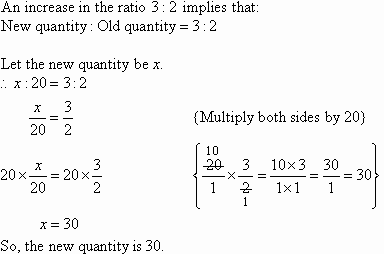Overview
Cambridge IGCSE is the world’s most popular international curriculum for 14-16 year olds, leading to
globally recognised and valued Cambridge IGCSE qualifications. It is part of the Cambridge Secondary 2 stage.
Schools worldwide have helped develop Cambridge IGCSE, which provides excellent preparation for the Cambridge Advanced stage including Cambridge International AS and A Levels and Cambridge Pre-U, as well as other progression routes. It incorporates the best in international education for learners at this level. It develops in line with changing needs, and is regularly updated and extended. Cambridge IGCSE teachers can draw on excellent resources, training and advice from
subject experts.
Building a curriculum
Cambridge IGCSE encourages learner-centred and enquiry-based approaches to learning. It develops
learners’ skills in creative thinking, enquiry and problem solving, giving learners excellent preparation for the next stage in their education. Schools can build a core curriculum, extend it to suit their learners and introduce cross-curricular perspectives. Clearly defined learning outcomes and content, mean Cambridge IGCSE is compatible with other curricula and is internationally relevant and sensitive to different needs and cultures.
Schools can offer any combination of subjects. Each subject is certificated separately. Over
70 subjects are available, including more than 30 language courses, offering a variety of routes for learners of different abilities. Cambridge IGCSE develops learner knowledge, understanding and skills in:
- Subject content
- Applying knowledge and understanding to familiar and new situations
- Intellectual enquiry
- Flexibility and responsiveness to change
- Working and communicating in English
- Influencing outcomes
- Cultural awareness
Assessment
Assessment for Cambridge IGCSE includes written and oral tests, coursework and practical assessment. Schools have the option of assessing learners using only external examinations or, in most subjects, combining examinations with coursework. Coursework is set and marked by the teacher and externally moderated by Cambridge.
Teachers who have received training from Cambridge, or who possess suitable experience of marking coursework may carry out this assessment. In most subjects there is a choice between core and extended curricula, making IGCSE suitable for a wide range of abilities. Each learner’s performance is benchmarked using eight internationally recognised grades. There are clear guidelines which explain the standard of achievement for different grades. Cambridge IGCSE examination sessions occur twice a year, in May/June and October/November. Results are issued in August and January.
Cambridge progression
Cambridge offers routes candidates can follow from post-kindergarten stage through to university entrance. Cambridge's provision also includes first-class support for teachers through publications, online resources, training, workshops and professional development.
University Cambrige
 -pôr
-pôr sh
sh n, -p
n, -p r
r -)
-)

